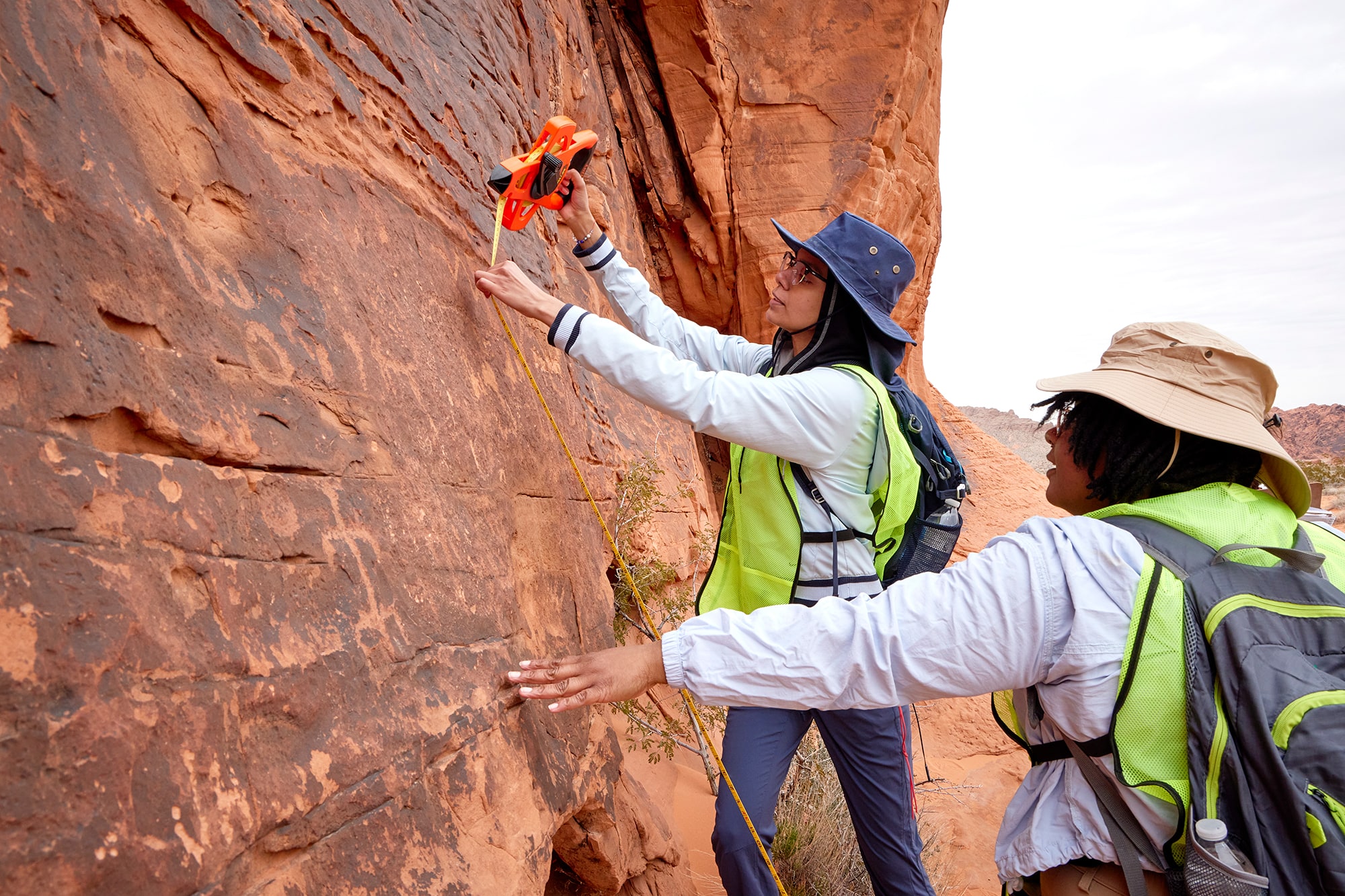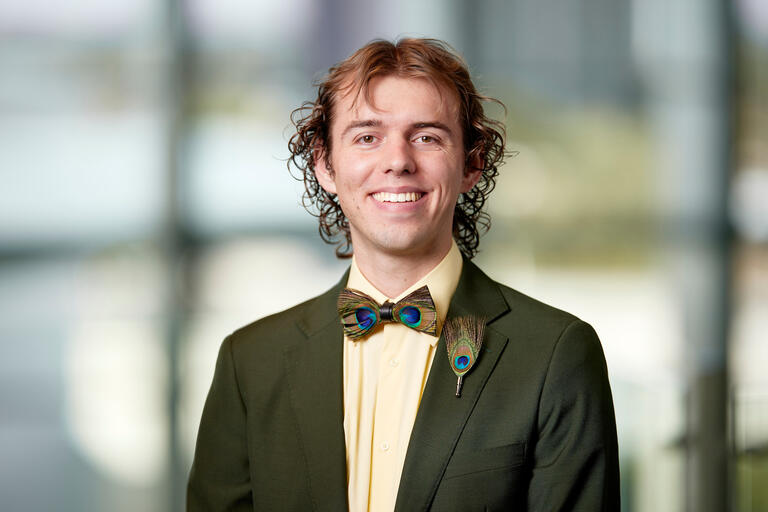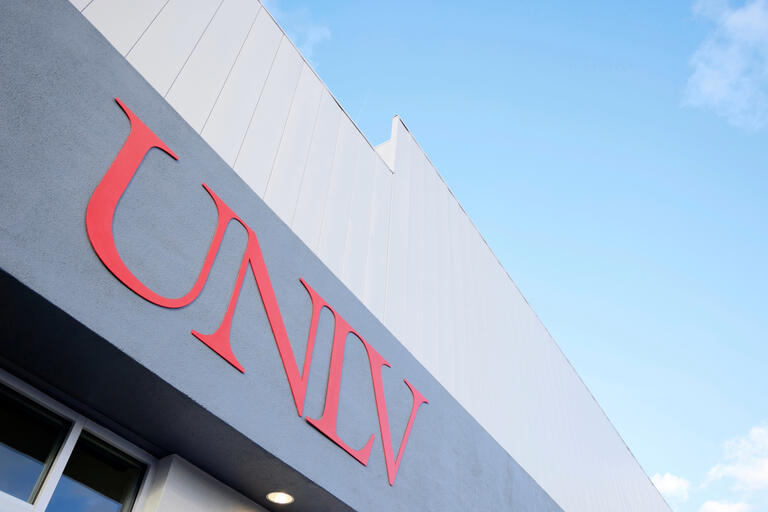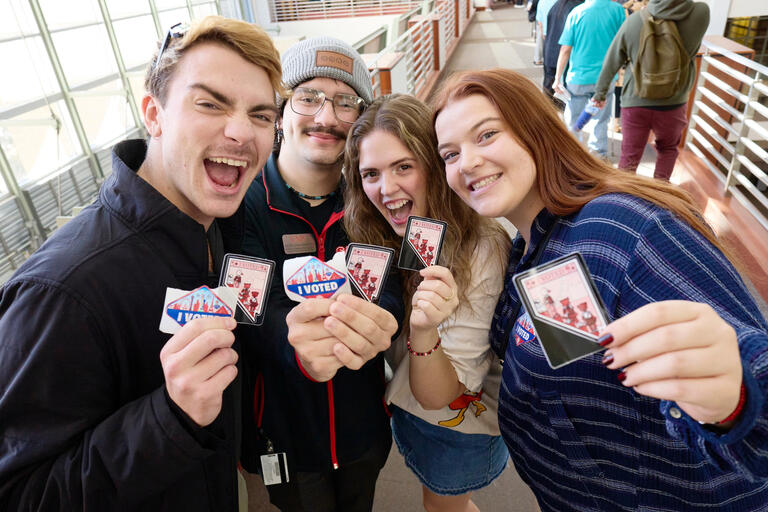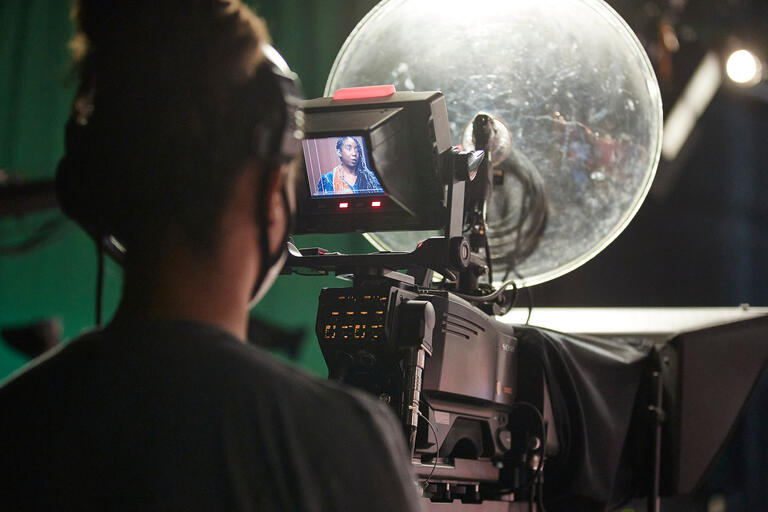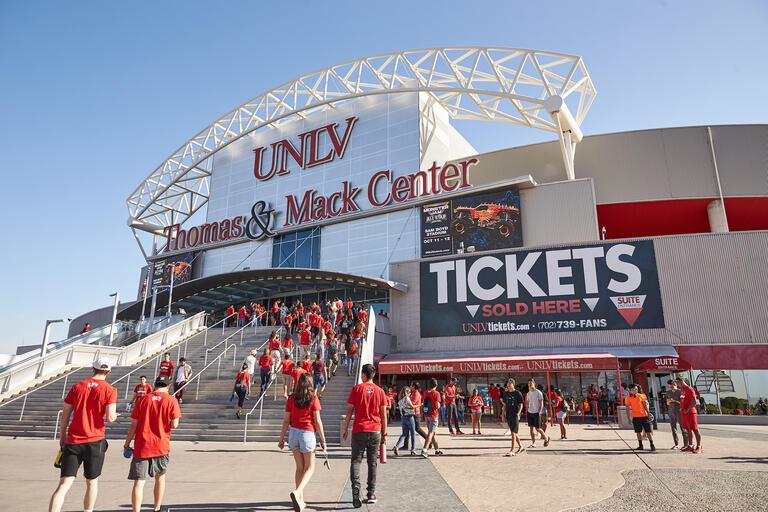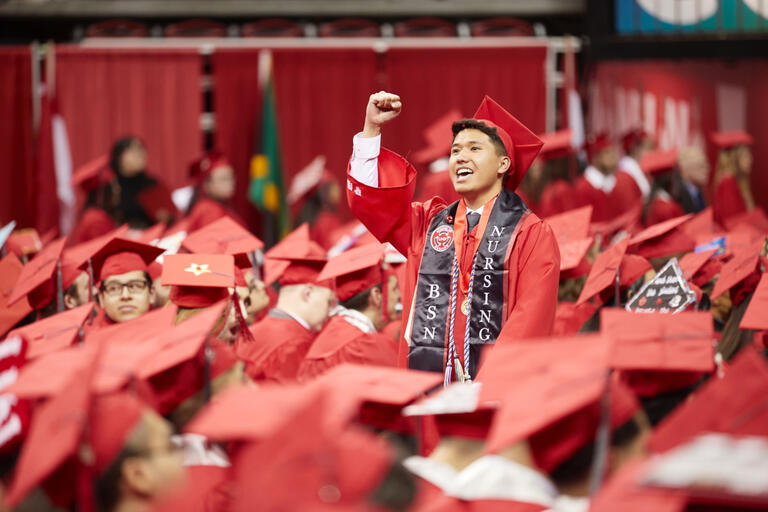Highlights
From creating community partnerships and advancing student achievement, to promoting research, scholarship, and creative activity, we work hard to achieve our goal of becoming a top 100 American research university. Check out our highlights to learn our impact.

